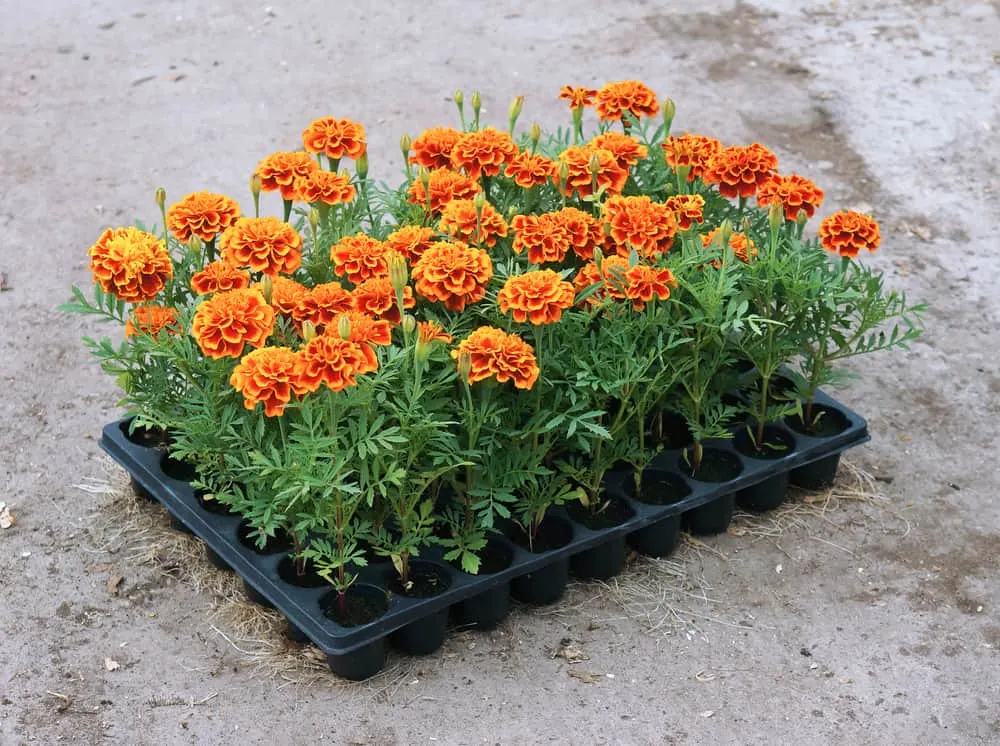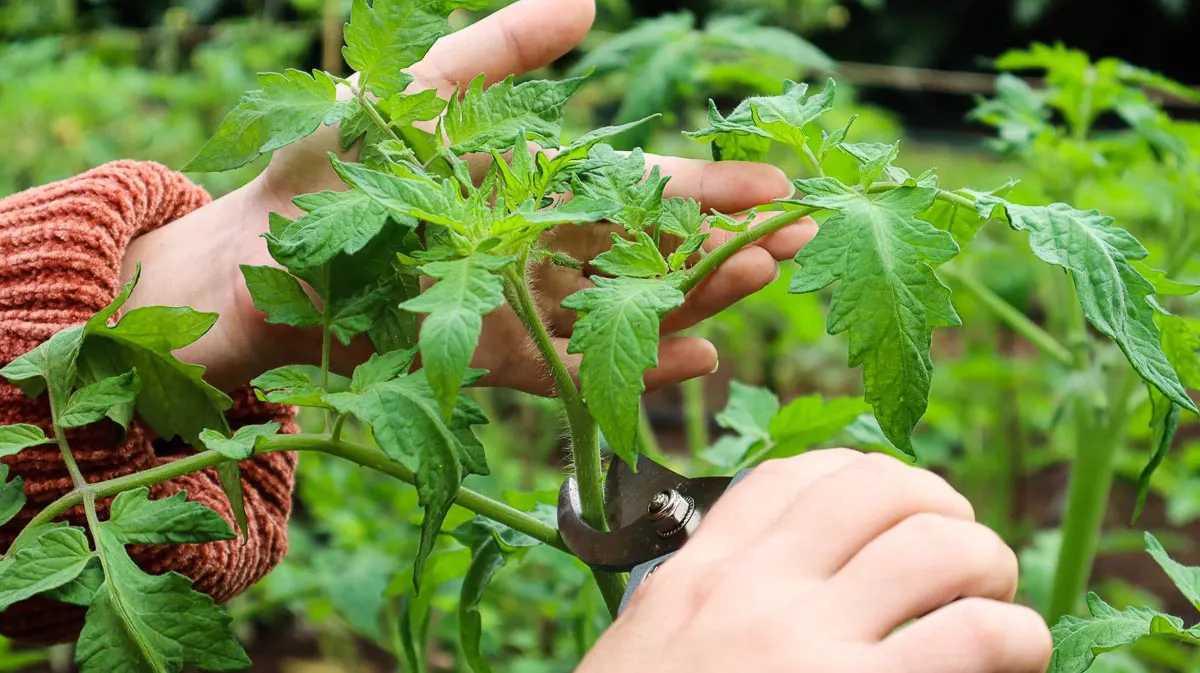
There are many debates in the tomato gardening world, from pruning to fertilizing and more.
Topping – trimming the central stems of the plant – is another one of those tasks many gardeners wonder about. Is it essential to growth and health? Is it a largely unnecessary additional task? Or is it somewhere in between?
While topping isn’t strictly necessary for your plant’s health and growth, it does come with a few benefits to consider when deciding what’s best for you.
4 Benefits Of Topping Tomato Plants
1. Improving Growth
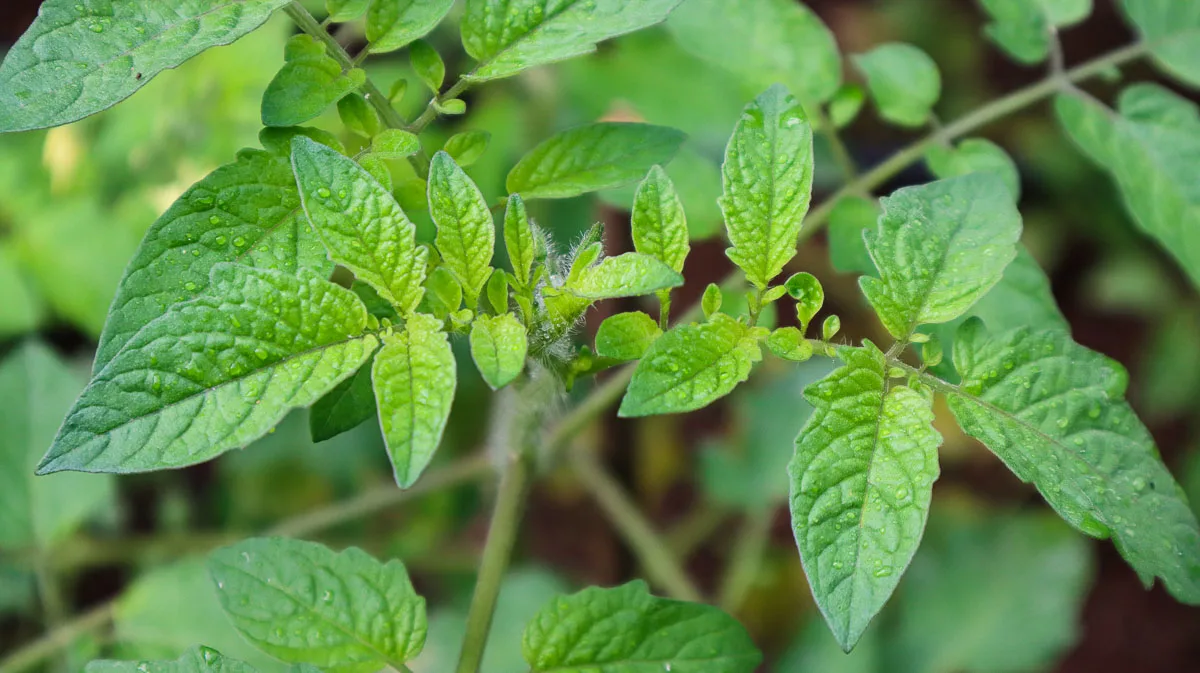
Topping tomatoes at the beginning of the season can facilitate branching and produce stronger central stems. These stems are more resistant to wind damage and can hold the weight of heavier fruits.
If growth becomes leggy later in the season, topping can fix this problem and produce stronger growth towards the end of the season.
2. Better Flowering
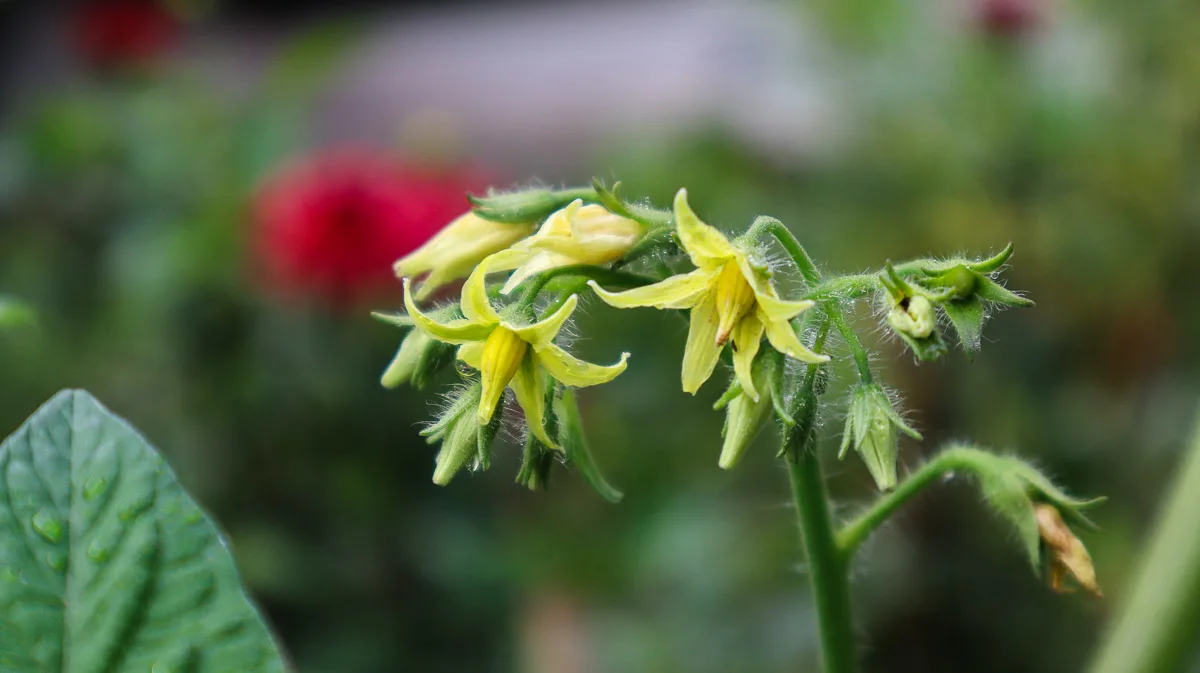
When your plant is focused on growing upwards, it has less energy to produce flowers on the lower parts of the stem. If you notice few flowers around blooming time, topping can redirect the plant’s energy toward flowering for that period, ultimately giving you more fruit overall.
3. Controlling Growth
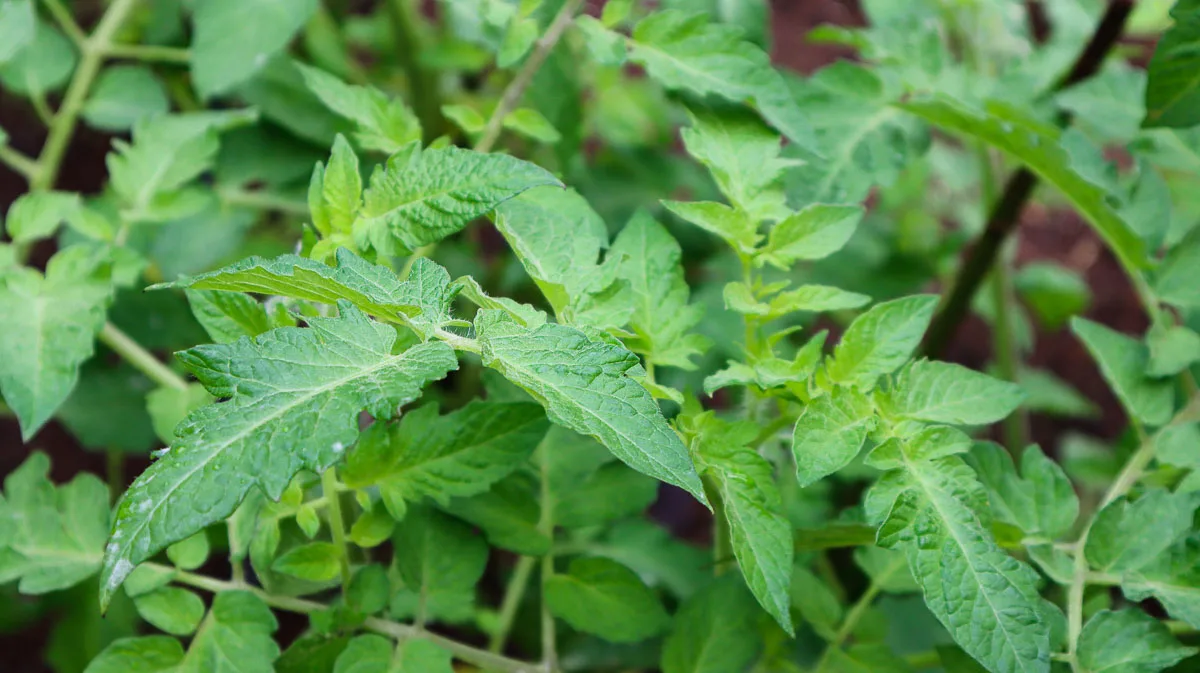
Mid to late season tomato growth can also get out of hand. As the stems continue to grow, they grow taller than the existing stakes or your tomato cage, leaving them vulnerable to snapping with high winds or heavy fruits. Topping will temporarily control this growth, making your plants more resistant to damage from the elements.
Related Reading: Tomato Cages: How To Use, Best Types & One Type To Never Use
4. Better Fruit Production
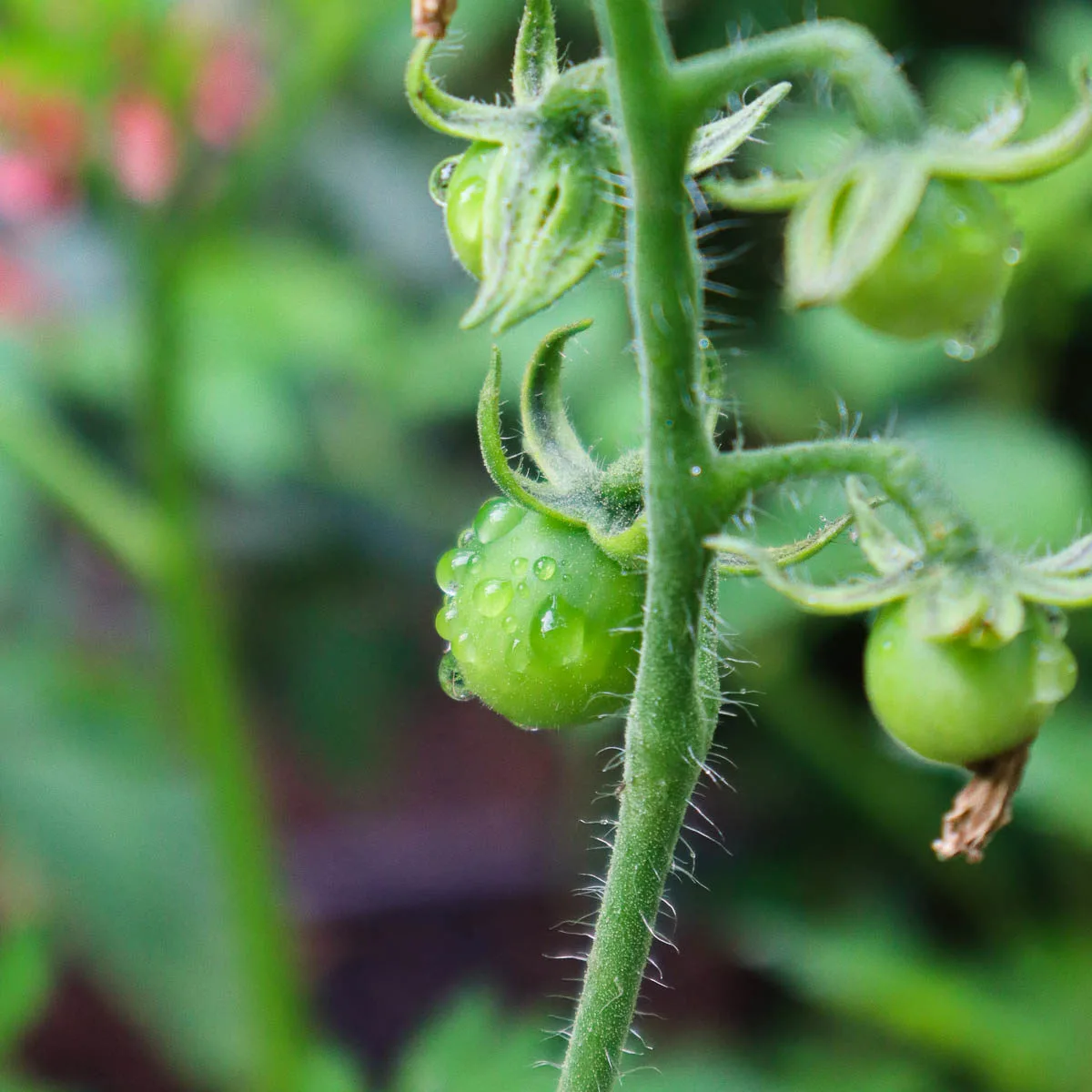
Toward the end of the season, tomato plants will continue growing until frost sets in. You may still have blooms or green tomatoes on your plant that need to grow and ripen as quickly as possible. One way to speed up this process is to top the plants. All the energy that went into stem and leaf production will now go toward fruit production.
The Downsides Of Topping Tomato Plants
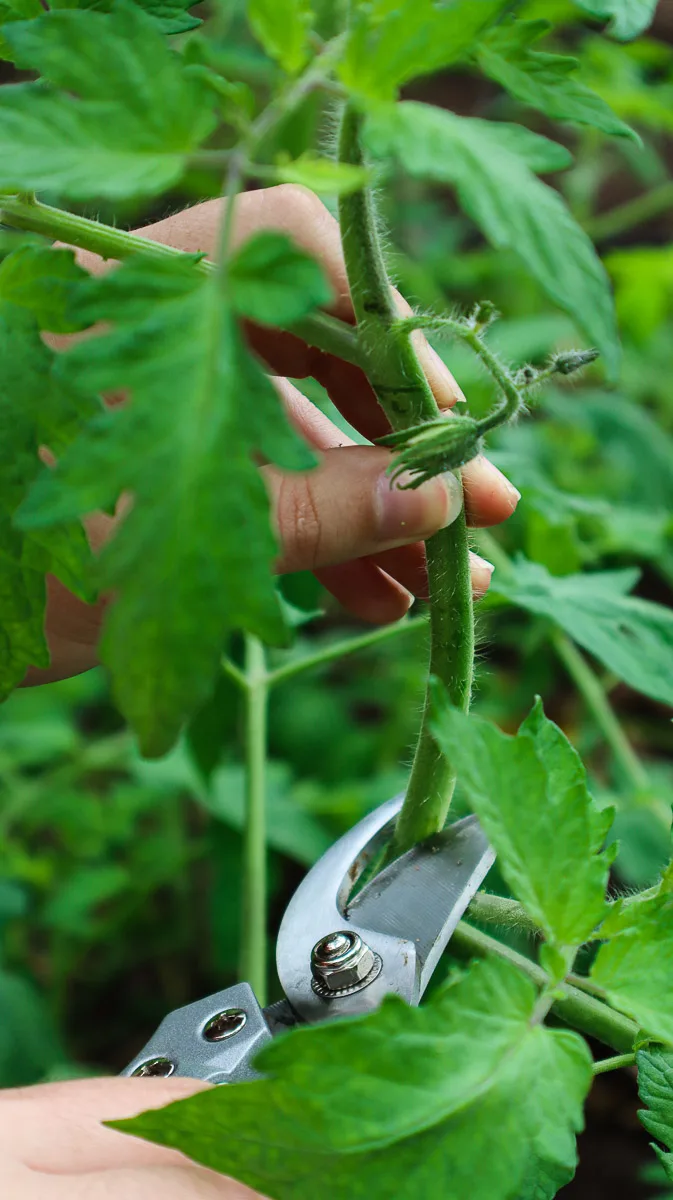
There are a few downsides to topping too.
Firstly, topping a determinate tomato plant (those that grow to a predetermined height) will stunt growth as the central stem will struggle to grow past that point. You need to ensure you know what type of plant you’re dealing with before topping to prevent this issue.
Secondly, it is another time-consuming task among many time-consuming tomato growing tasks. For hands-off gardeners who like to leave their tomatoes to their own devices, topping can seem ‘over the top’ (excuse the pun).
Topping is not necessary for all plants in all situations, but it can be beneficial when done correctly. Much like pruning, it’s something to strongly consider, but not something that will majorly impact the growth of your plants.
When To Top Tomato Plants
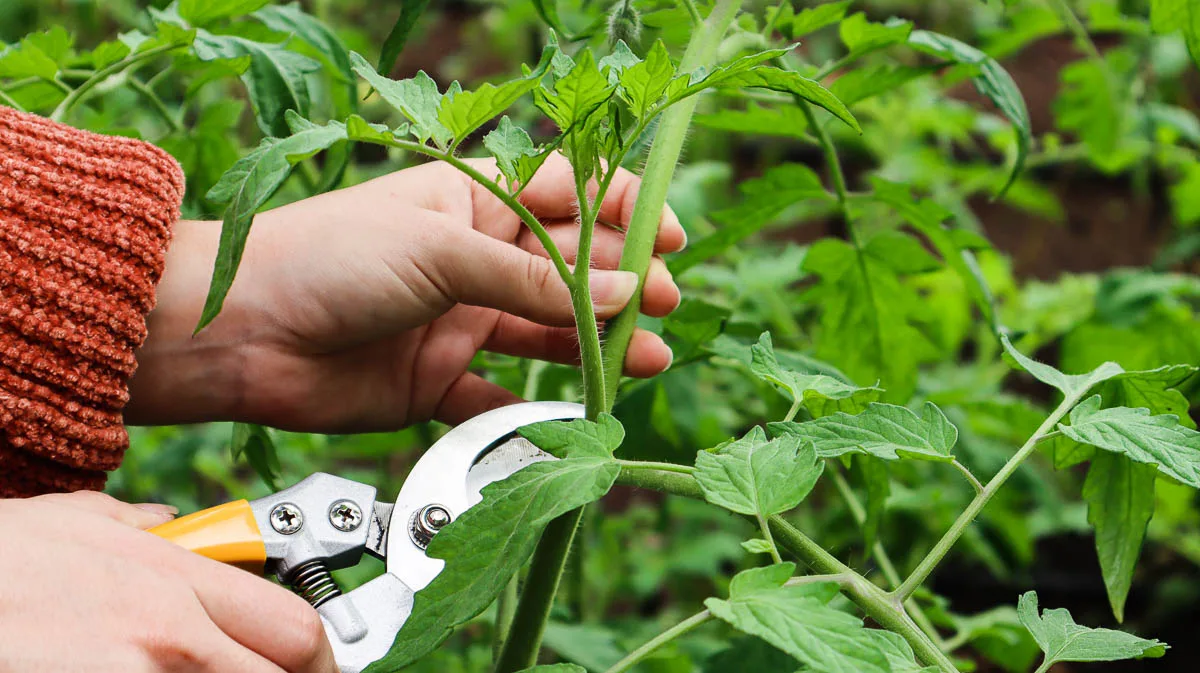
Determinate tomatoes should only be pruned at the very end of the season when you’re looking to grow and ripen the last fruits before the weather gets too cold. Topping any time before that will stunt growth and limit your harvest.
Indeterminate tomatoes can be topped throughout the season as needed as they will continue to grow back.
At the beginning of the season, top indeterminate tomatoes to improve growth or prevent leggy stems before fruit set. Mid-season topping can control height and unruly growth when the stems outgrow their supports. And, much like determinate tomatoes, end-of-season topping will direct the energy toward producing the last fruits before the plant dies back at first frost.
How To Top Tomato Plants
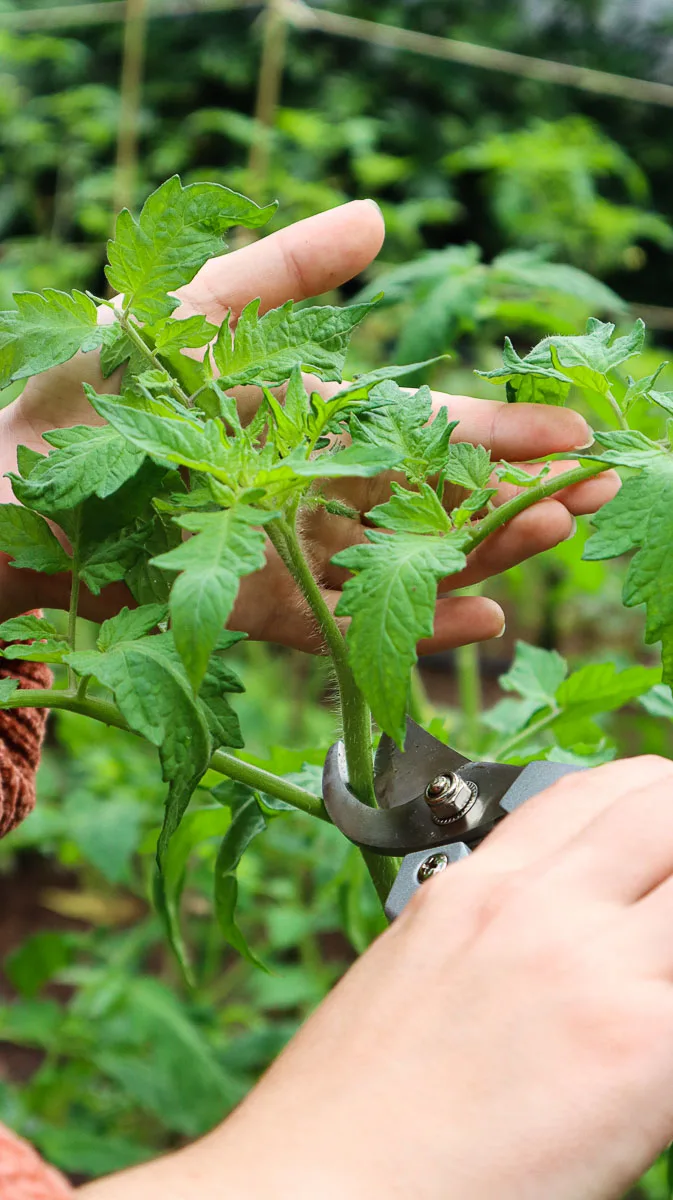
Deciding whether to top your tomatoes is the hard part. Once you’re ready, actually topping them is incredibly easy.
Start by grabbing a sharp, cleaned pair of pruning shears. If you have recently dealt with diseased plants, make sure you disinfect them before use on your tomatoes with a 5% bleach solution. This will prevent any potential spread from the shears to the plant.
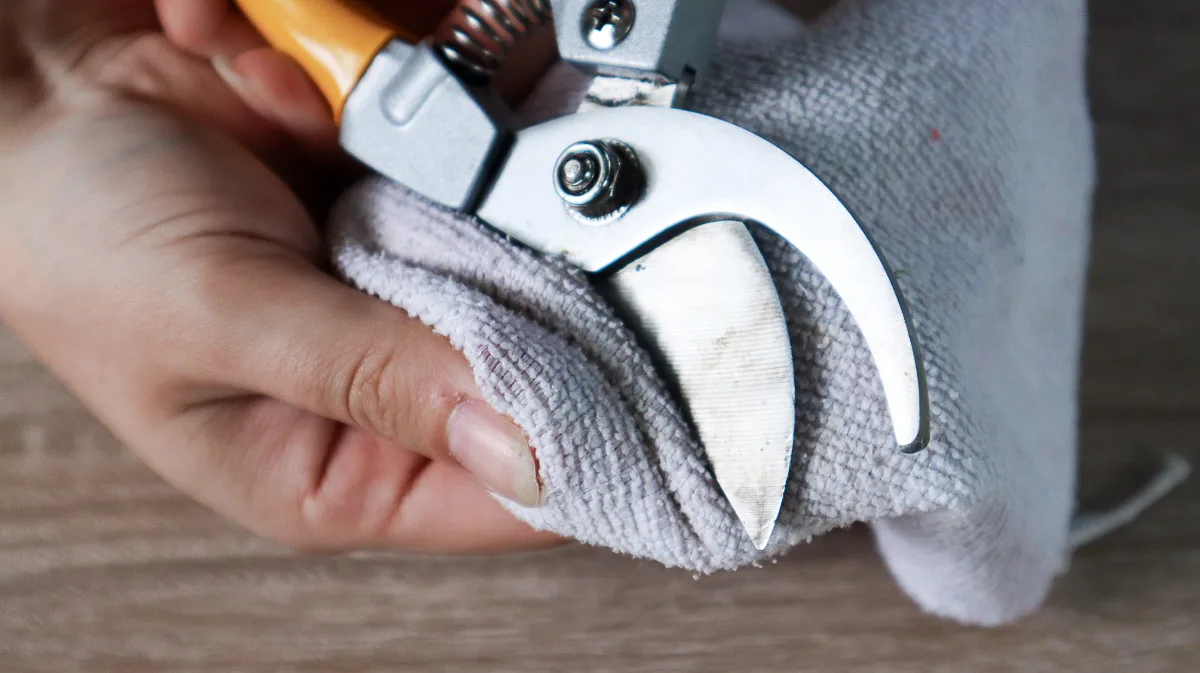
Then, identify the central stem on the plant. Trim it off by making a clean cut right above a leaf node at the point where the stem outgrows your supports. Keeping the node on the stem will ensure it grows back stronger from that same point.
If trimming toward the end of the season, identify the best-performing fruits and cut the stem above that point. Don’t cut too much as exposure to direct sun during high heat can cause sunscald in your last ripening tomatoes.
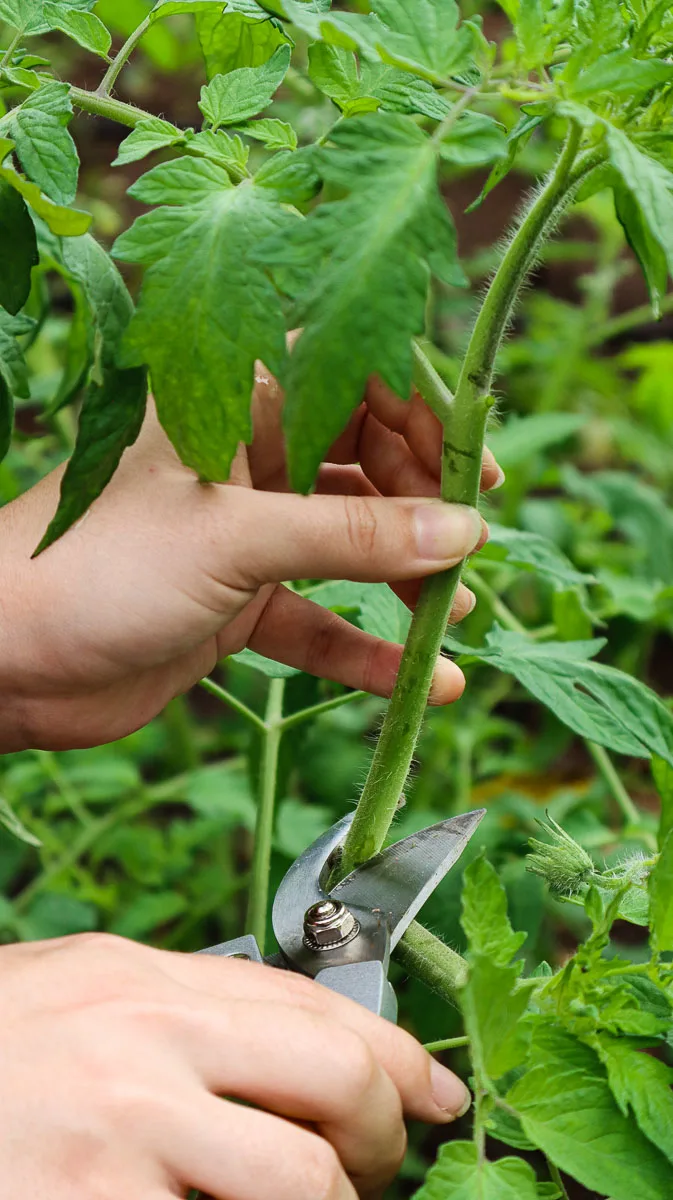
Unfortunately, as is the case with pizza, one topping is not usually enough. The stem will generally grow back quicker, meaning you’ll need to continue cutting to keep it below your installed support. Grab your shears every week or two when you head out to water and simply trim off the excess as required.
You can throw these trimmed pieces on your compost heap, or use them to propagate even more tomato plants.
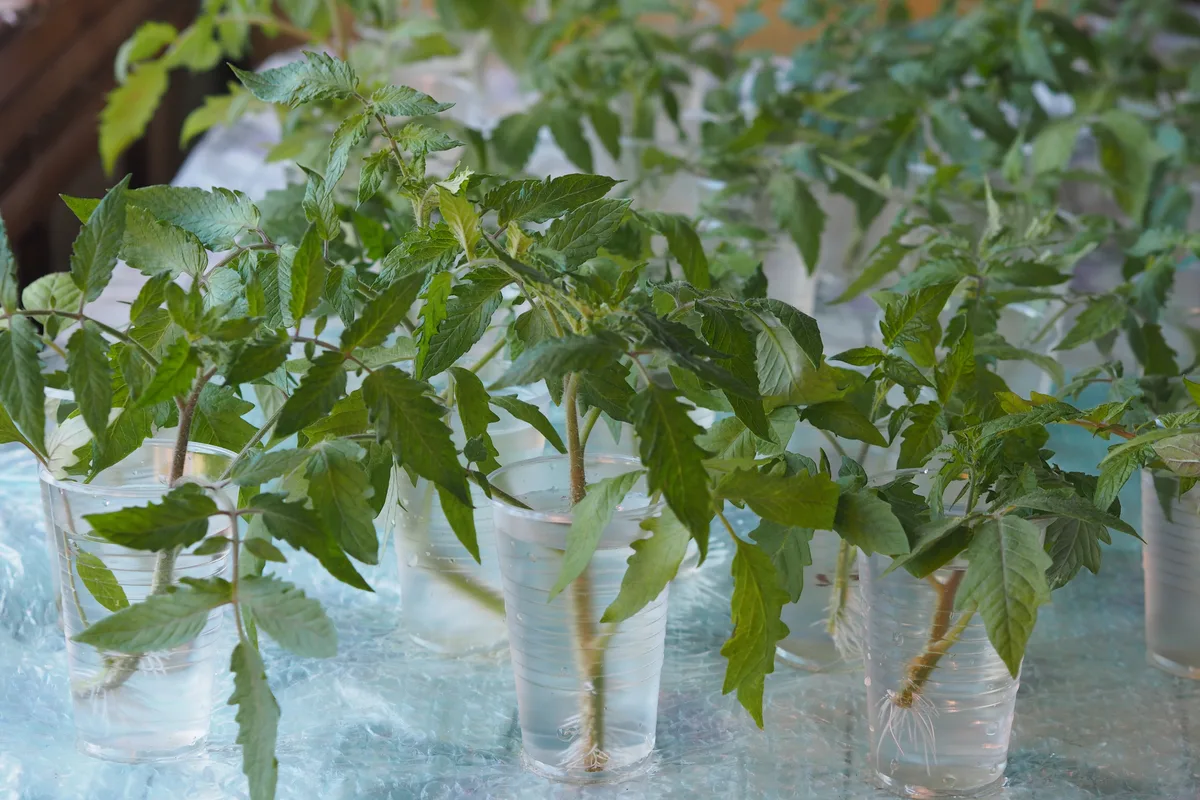
Simply root your cuttings in water or soil and they will develop roots along the stem.

